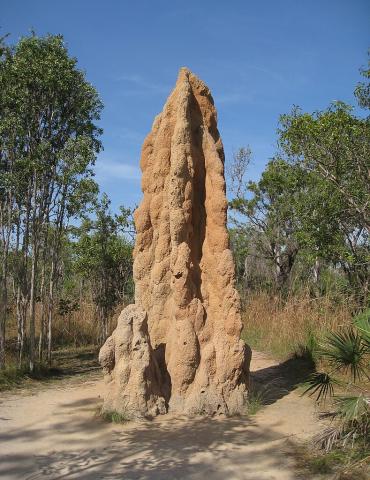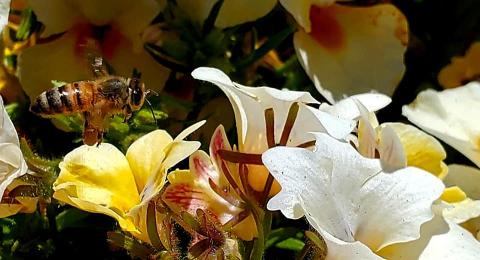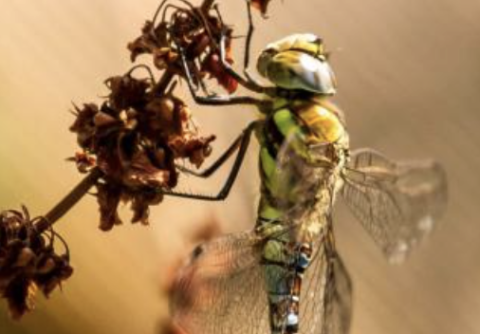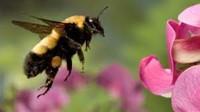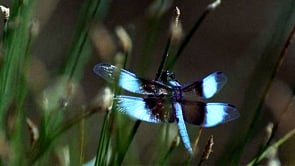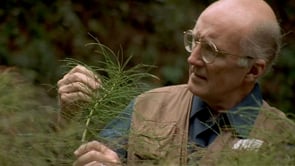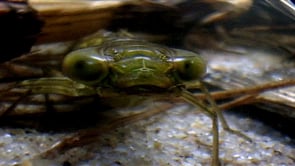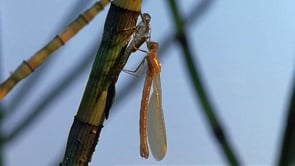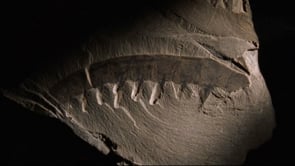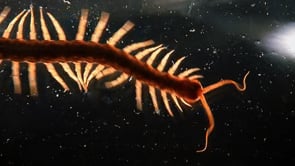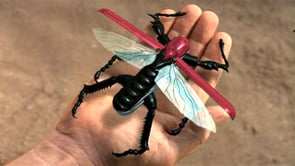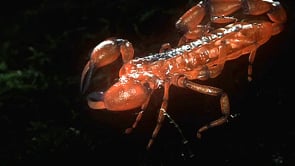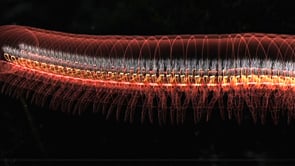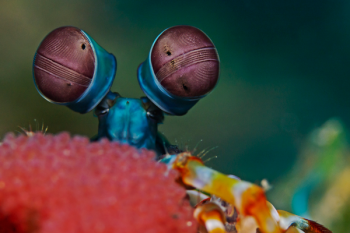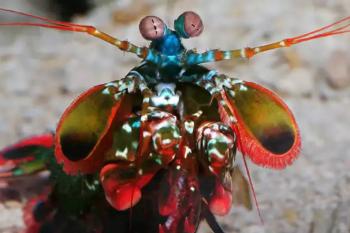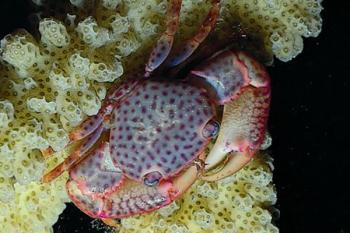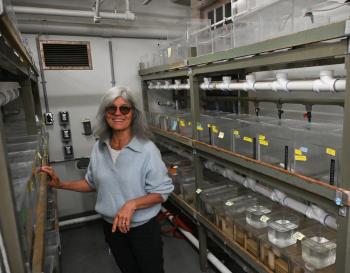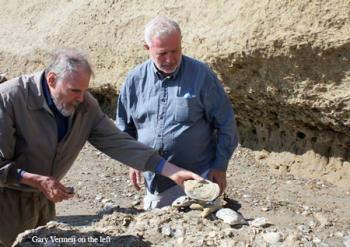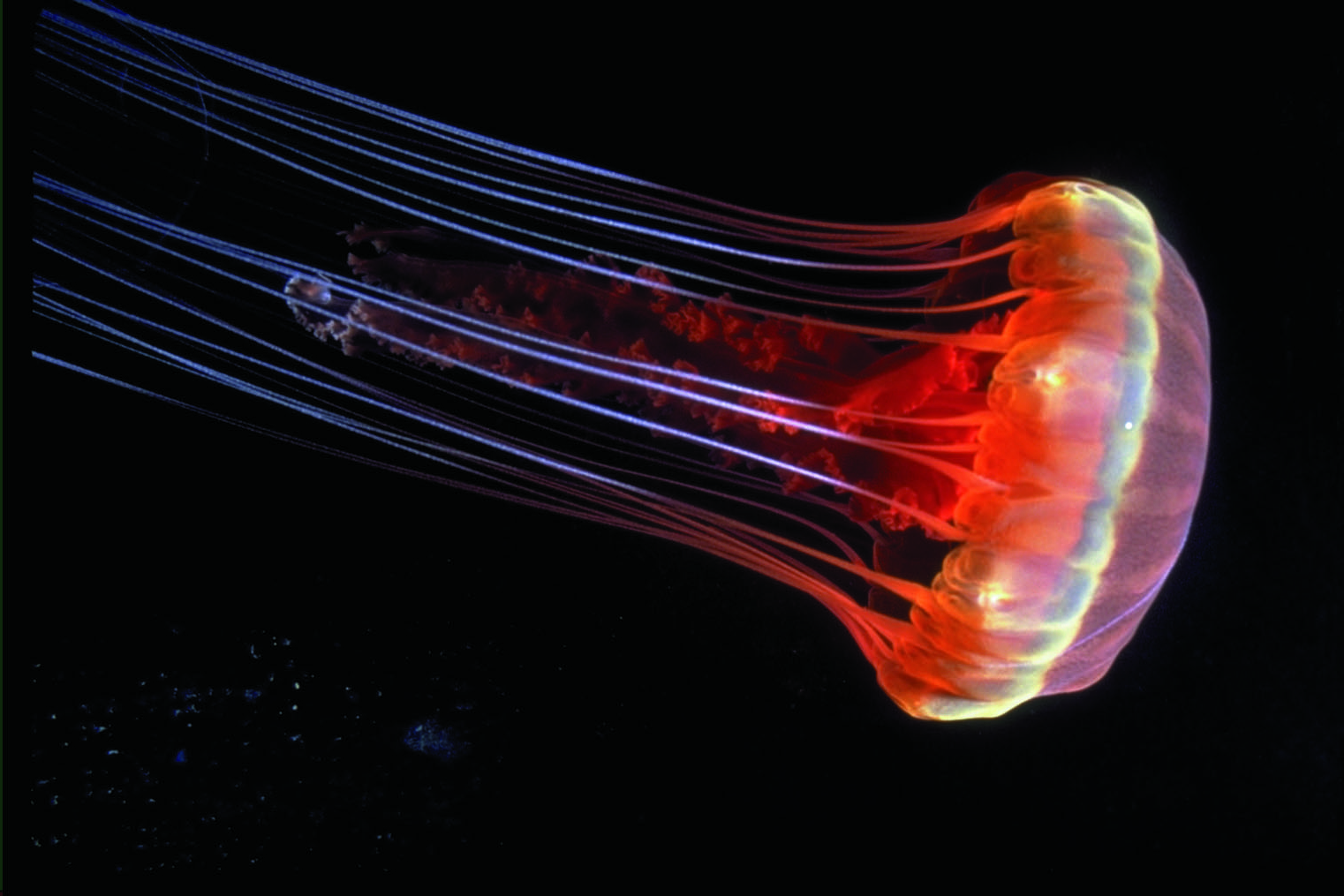

Phyla
Terrestrial Arthropods
Associated Shape of Life Content
Terrestrial Arthropod Adaptations + Engineering Design
Students explore the extraordinary adaptions and diversity of terrestrial arthropods through short Shape of Life videos and student-centered activities in the 5E Instructional Model.
Bombardier beetle
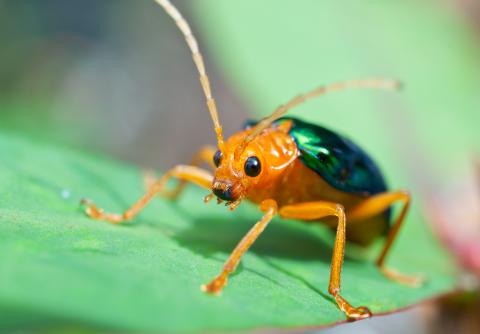
Terrestrial Arthropods: The Conquerors Questions
There are three separate lessons here based on questions.
Terrestrial Arthropods: The Conquerers Come Ashore
Life's transition from sea to the land was perhaps as much of an evolutionary challenge as genesis. What forms of life were able to make such a drastic change in lifestyle?
Terrestrial Arthropods: Bold Explorers!
Arthropods were the first animals to venture out of the sea onto land all over the earth.
Let's All Do The Wave
This lesson consists of a cross disciplinary activity incorporating aspects of wave characteristics from Physics, movement traits from Biology, and evaluating locomotion design from Engineering. Students can be introduced to the idea by showing the video Arthropod Locomotion: Engineering from the shapeoflife.org or other videos of animals that exhibit wave-like characteristics during motion. Class discussion can begin by analyzing the necessity to move efficiently and how moving in a wave-like manner could be beneficial.
Paleontology of Terrestrial Arthropods
Dragonflies and damselflies are ancient insects that have been around since before the age of the dinosaurs. Some Odonata (the order that dragonflies belong to) fossils from the Carboniferous (359 to 299 million years ago) period had wingspans of over a meter. These insects were the size of modern seagulls. Scientists wondered why they got so large.
Human Interaction and Terrestrial Arthropods
Insects are extremely important to the lives of humans. They are economically important and provide food for many people. American biologist E. O. Wilson once said: “If all mankind were to disappear, the world would regenerate back to the rich state of equilibrium that existed 10,000 years ago. If insects were to vanish, the environment would collapse into chaos.”
Climate Change and Terrestrial Arthropods
Climate change is causing the loss of some insect species. Some can move to new habitats but others cannot. The loss of insects will disrupt the ecological balance. For example, native bees are essential for pollination and climate change will reduce their abundance and diversity.
Terrestrial Arthropods' Role in Ecosystem
Insects are an essential part of any ecosystem as they perform so many different roles. They are pollinators, seed dispersers, soil mixers, decomposers of plants and animals, and food for so many vertebrate species.
Honey bees are our friends because they bring us one out of every three bites of food.
Read about the role that bees play in ecosystems as pollinators.
General Information about Terrestrial Arthropods
Read: The Land Arthropods The Conquerors Coming Ashore from the Shape of Life book.
Read about the evolutionary history of arthropods from Understanding Evolution - your one stop source for information about evolution: Read about the evolutionary history of arthropods.
Disappearing Wild Bees
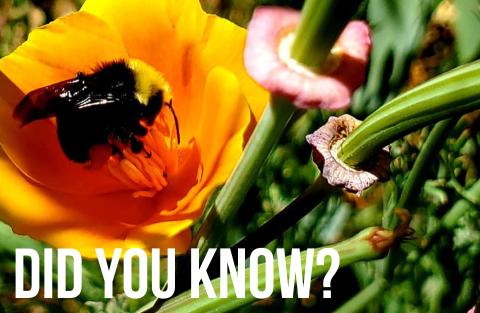
Did you know?

Buzzed on Bees
I’ve been hanging out with my honeybees a lot lately. There are many reasons for this, including:
- Hives are swarming like gangbusters in our neighborhood.

